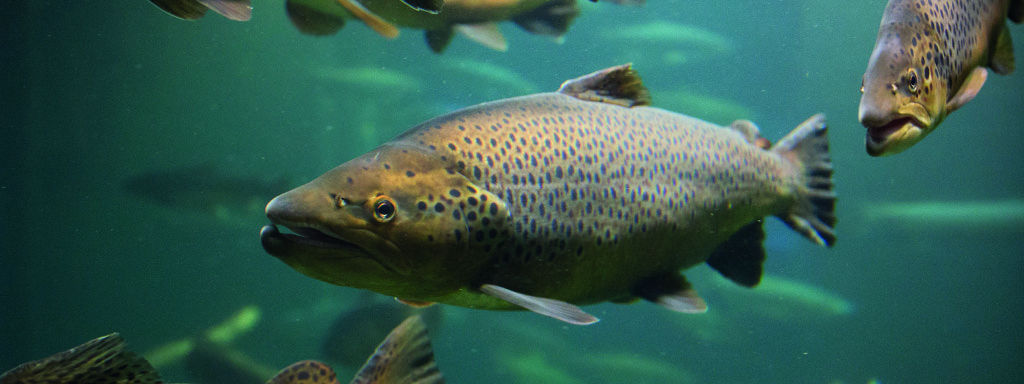Monoammonium phosphate (MAP) covers phosphorus needs for aqua species
Phosphorus (P) is the second most abundant macro-element in fish, next to calcium. It plays a primary role in nucleic acid synthesis and metabolism, energy metabolism, membrane integrity, lipid metabolism and bone mineralization. (NRC, 2011)
It was recently found that an increase in dietary phosphorus prevents from vertebral deformities in triploid salmon (faster growth rate). (Prabhu 2015)
Moreover, in aqua species, the main source of energy comes from lipids. In case of P deficiency, it is often observed that it leads to increase fat deposition in fish body (Prabhu 2015) and thus decrease flesh quality.
Fish and shrimps live in a water environment, so they can take some minerals directly from seawater or freshwater.
At the opposite of calcium, phosphorus content in water is in very low concentration and poorly absorbed, so this is necessary to bring it through the feed.
The main sources of phosphorus in aquafeed are :
Fish meal: having a high phosphorus availability but may suffer from environmental issues (overfishing)
Plant-based ingredient: having a phosphorus mainly under phytic acid which has a poor and variable absorption depending on the species and additives used
Inorganic feed phosphates: having a high and stable phosphorus content. Among feed phosphates, monoammonium phosphate (MAP) brings the highest phosphorus content (26%) and allows thus to optimize the formulation.

Monoammonium phosphate (MAP) is a suitable feed phosphate for aquafeed
Among feed phosphates, several parameters may differ such as solubility of phosphorus in water, pH, calcium level or particle size.
Calcium (Ca) level is an important parameter to consider. Indeed, at the same time it is important for the skeleton but it might also interact with other minerals such as phosphorus, Magnesium or Zinc, decreasing their absorption through the intestine (Hossain, Yoshimatsu, 2014). NRC (2011) did not reported any Ca requirement for salmon, seabream or trout for example or low requirement for carp or tilapia as their living environment contain different level of Ca. Monoammonium phosphate (MAP) do not bring any calcium compare to classical phosphates used in aquafeed such as monocalcium phosphates.
pH is also an important parameter to consider in the formulation as dietary acidification is advisable to enhance P digestibility in rainbow trout. (Sugiura et al., 2006). Monoammonium phosphate (MAP) has an acid pH and thus contributes to the global acidification of the diet.
It is essential to consider phosphorus water solubility. Indeed, to be absorbed in the intestine, phosphorus need to be solubilized. It will improve its digestibility. It has been proven that rainbow trout only absorbs water-soluble P. (Satoh et al., 1997. Monoammonium phosphate (MAP) has the highest water soluble phosphorus among phosphates (95%) which consequently leads to the highest phosphorus digestibility in aquafeed.
Finally, particle size should be considered for production process purpose. Monoammonium phosphates (MAP) is available in two particle size: fine and micro-granules for more flexibility.
Our technical team remain at your disposal for more information


